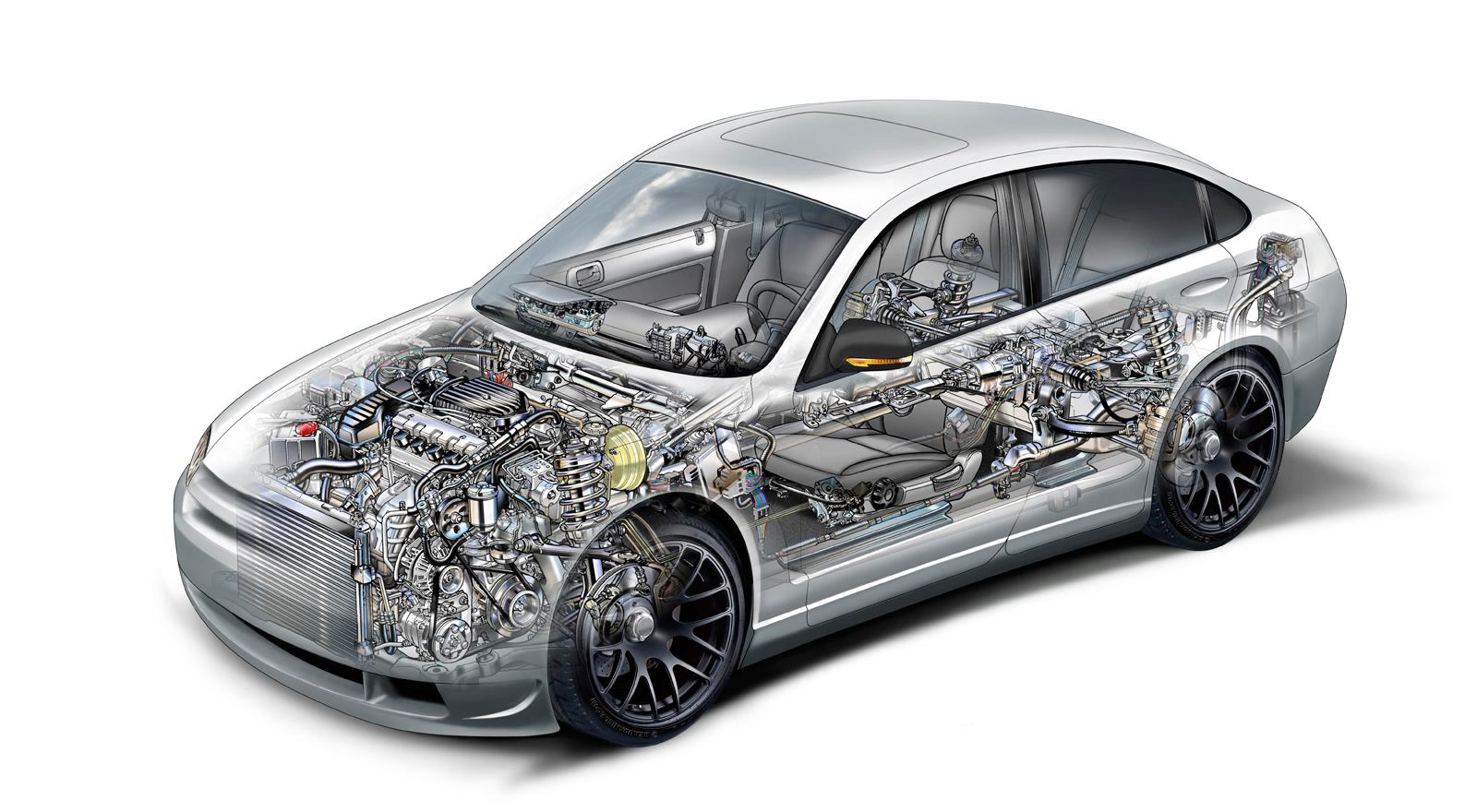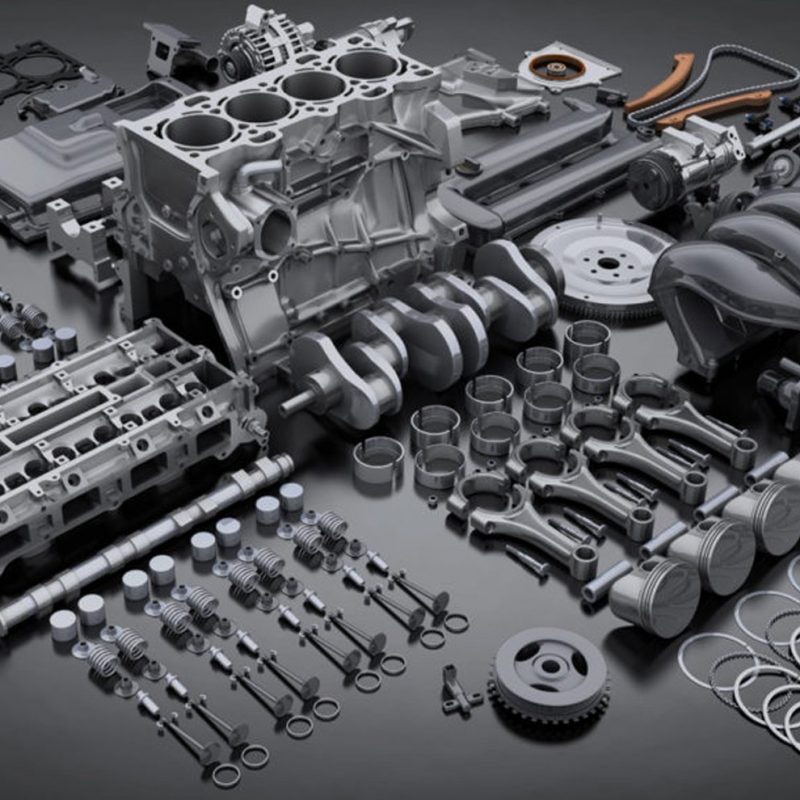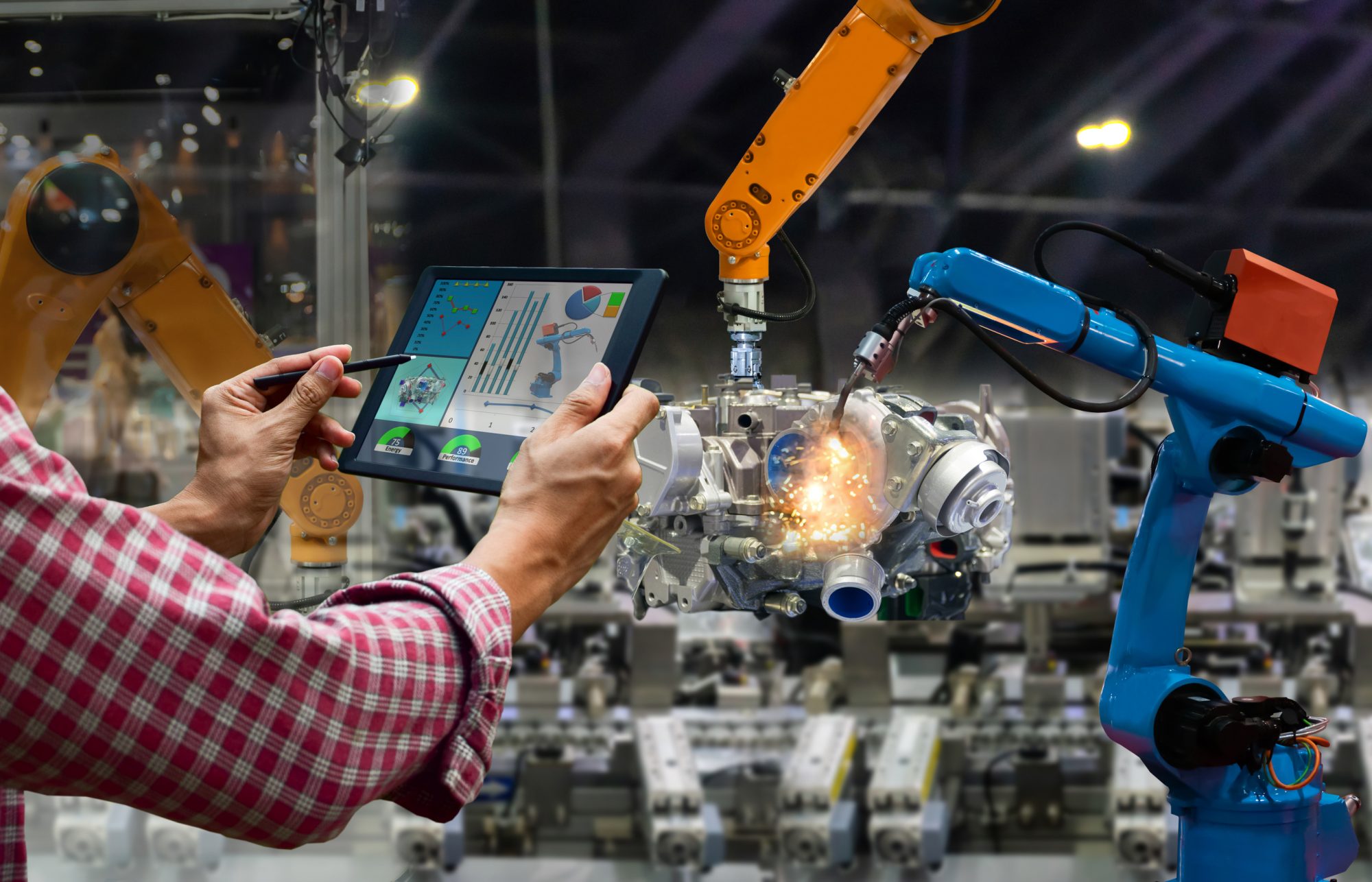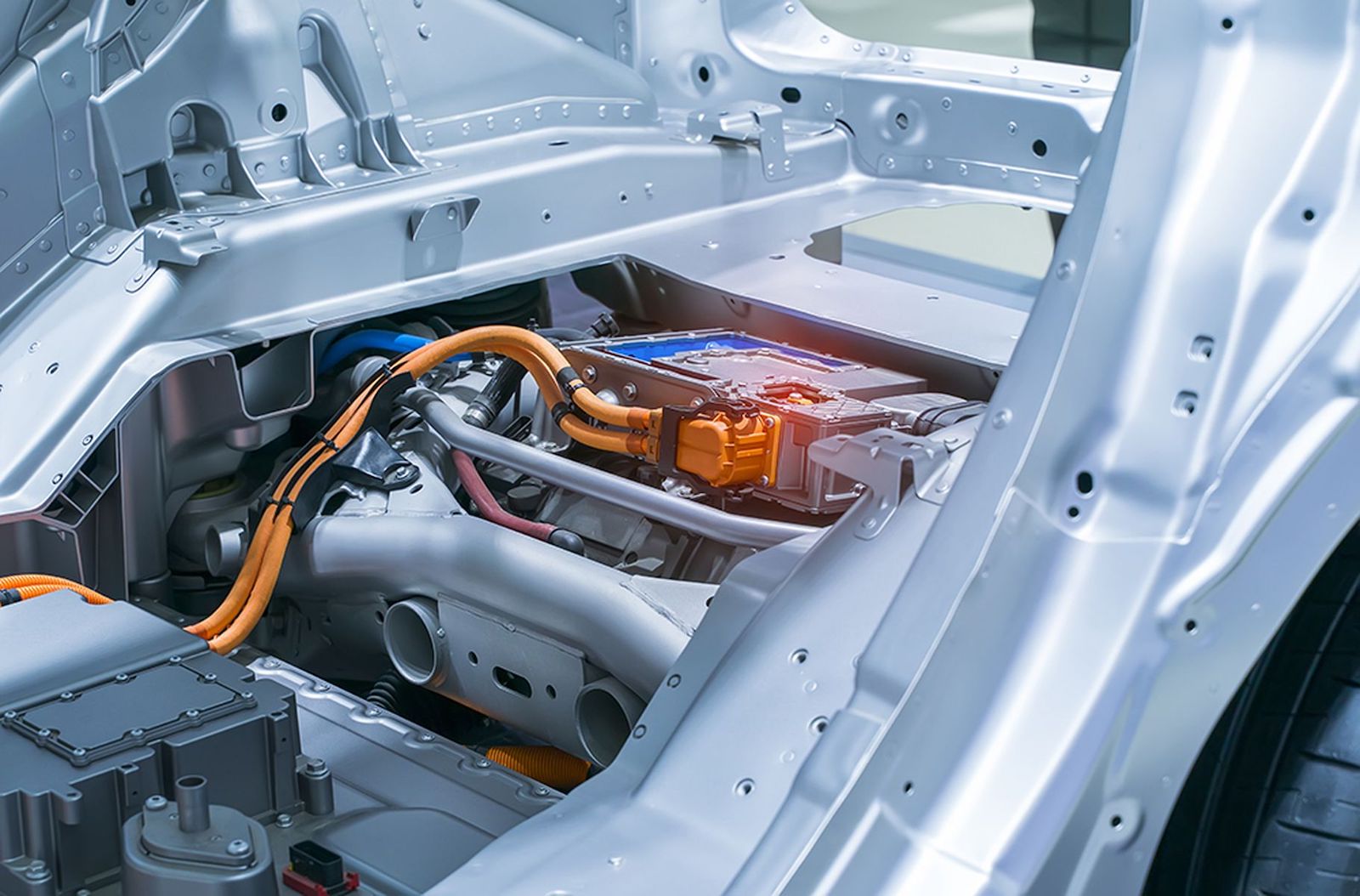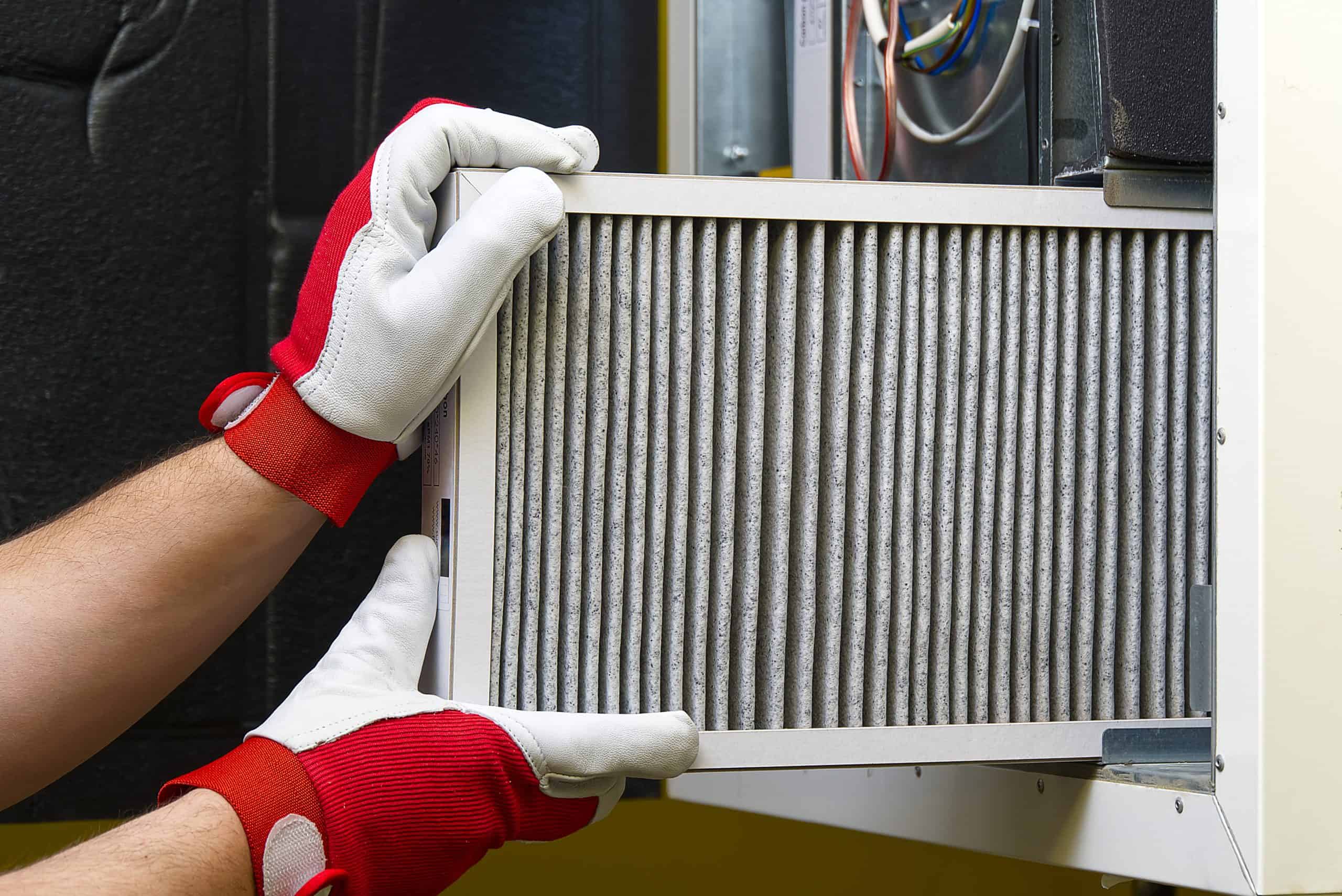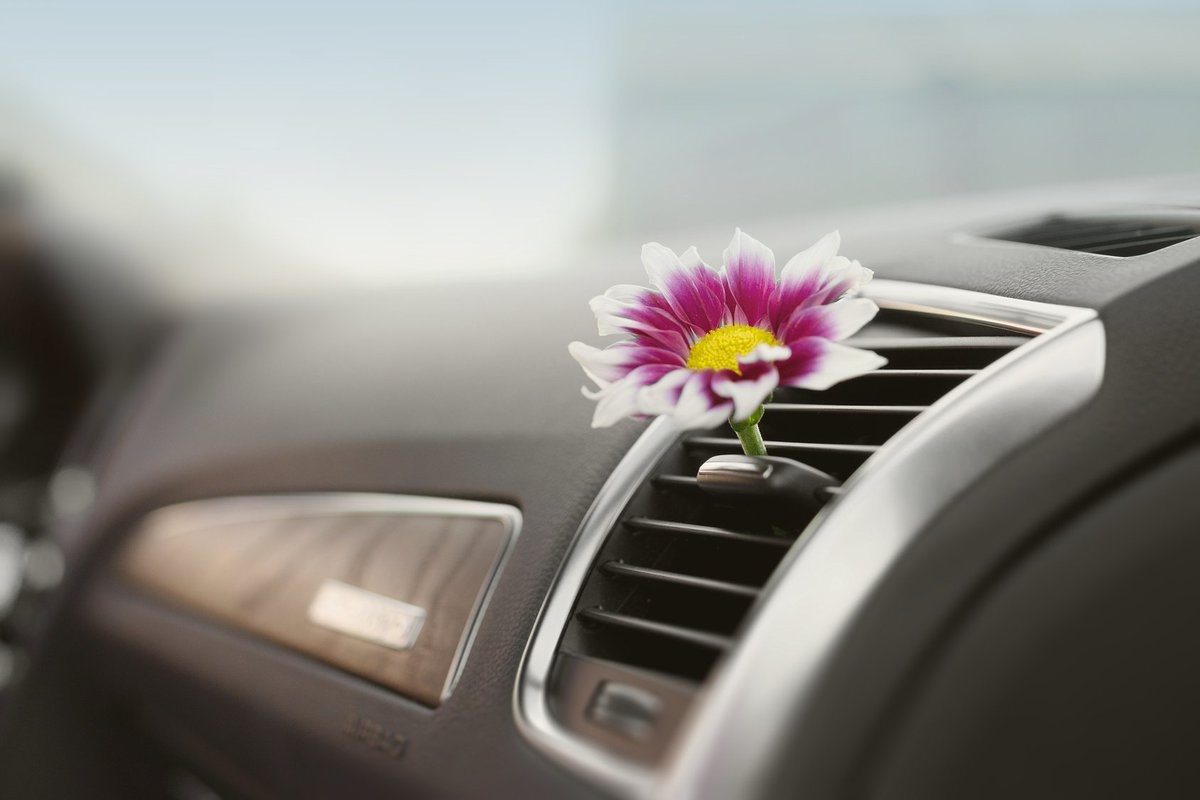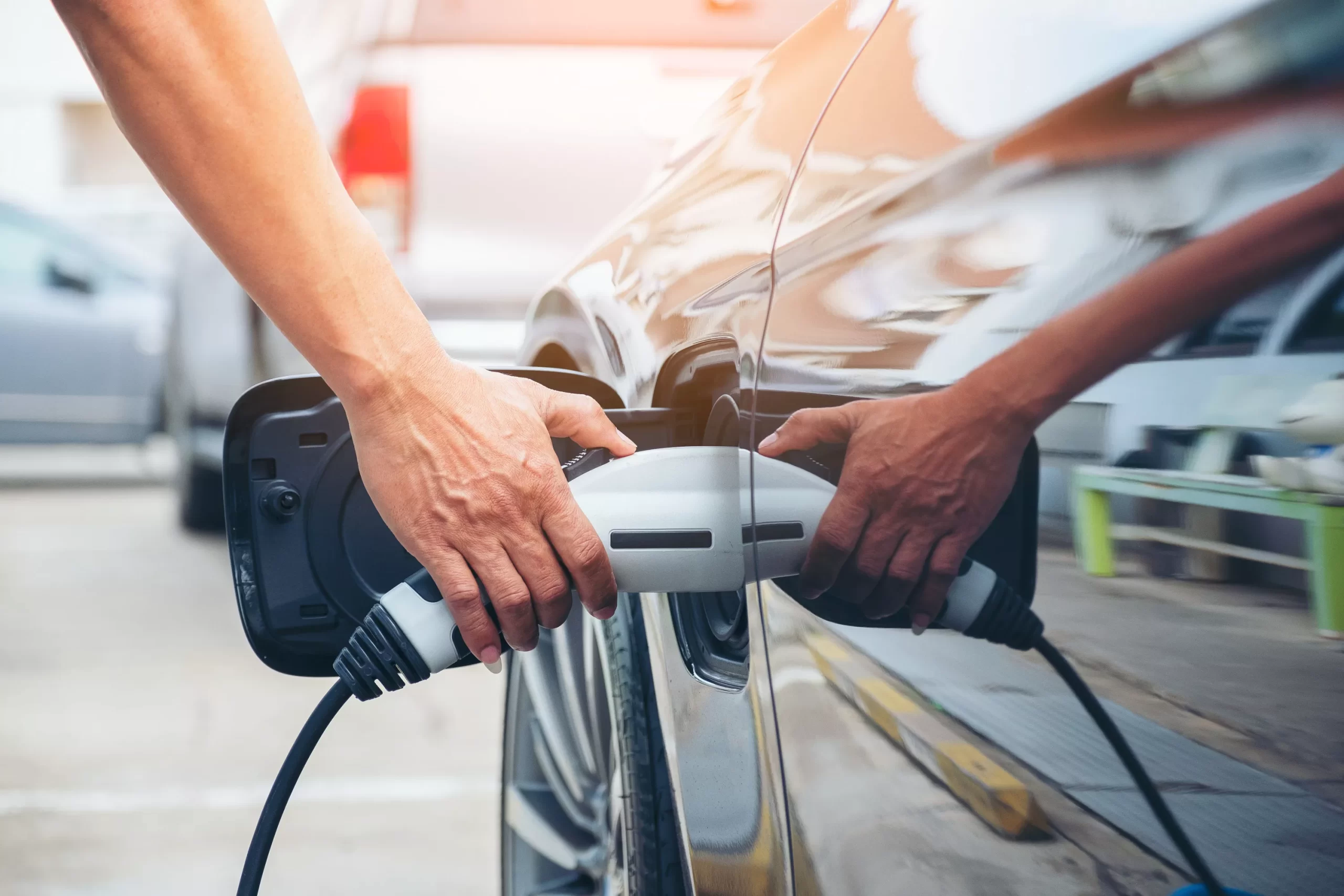Car Engine Parts 101: A Beginner’s Guide
Car Engine Parts 101: A Beginner’s Guide
If you’re new to the world of cars, understanding the different parts of the engine can be overwhelming. But, understanding the basics of car engine parts is essential for maintaining your vehicle and keeping it running smoothly. In this essay, we will provide a beginner’s guide to car engine parts, covering the most essential components and their functions.
- Cylinder: The cylinder is the most important part of a car engine. It is where the combustion process takes place, and it is where the fuel and air are mixed and compressed before being ignited by the spark plug. A typical car engine has four, six, or eight cylinders, depending on the size of the engine.
- Piston: The pistons are located inside the cylinders and move up and down to compress the fuel and air mixture. They are connected to the crankshaft, which converts the up and down motion of the pistons into rotational motion to drive the wheels.
- Crankshaft: The crankshaft is a rod that runs through the center of the engine, connecting the pistons to the transmission. It converts the up and down motion of the pistons into rotational motion, which is then used to power the wheels.
- Camshaft: The camshaft is located in the cylinder head, and it controls the opening and closing of the valves through the use of cam lobes. The camshaft is driven by a belt or chain connected to the crankshaft.
- Valves: The intake and exhaust valves are located in the cylinder head and control the flow of fuel and air into the cylinder and exhaust gases out of the cylinder. They are opened and closed by the camshaft through the use of rocker arms.
- Spark plug: The spark plug is located in the cylinder head and is responsible for igniting the fuel and air mixture in the cylinder. It is connected to the ignition system and receives a spark from the distributor or ignition coil.
- Fuel system: The fuel system is responsible for delivering fuel from the gas tank to the engine. It consists of the fuel pump, fuel filter, fuel injectors, and carburetor (if the engine is not fuel-injected). The fuel pump is typically located in the gas tank and delivers fuel to the engine through the fuel filter and injectors or carburetor. 8 Exhaust system: The exhaust system is responsible for removing the exhaust gases from the engine. It consists of the exhaust manifold, catalytic converter, and muffler. The exhaust manifold is typically located on the cylinder head and collects the exhaust gases from the cylinders. The catalytic converter is located in the exhaust pipe and converts harmful pollutants into less harmful emissions. The muffler is located at the end of the exhaust pipe and reduces the noise of the exhaust gases.
- Timing belt or chain: The timing belt or chain is responsible for keeping the camshaft and crankshaft in sync, which is essential for the proper functioning of the engine. A worn or damaged timing belt or chain can cause serious engine damage.
- Water pump: The water pump is responsible for circulating coolant throughout the engine, which helps to keep the engine cool and prevent overheating. A worn or damaged water pump can cause the engine to overheat.
- Alternator: The alternator is responsible for generating electricity to power the car’s electrical system, including the lights, radio, and air conditioning.
- Starter motor: The starter motor is responsible for starting the engine when the key is turned.
- Power steering pump: The power steering pump helps to make it easier to steer the car, by providing power assistance to the steering system.
- Oil pump: The oil pump is responsible for circulating oil throughout the engine, which helps to lubricate the moving parts and prevent wear and tear.
In conclusion, understanding the basic car engine parts and their functions is essential for maintaining your vehicle and keeping it running smoothly. Regular maintenance and timely replacements can prevent costly repairs and breakdowns in the future. Remember to keep an eye on warning signs that may indicate a problem with your car engine, so you can take action before it becomes a major problem. If you’re unsure about any specific part or its function, don’t hesitate to consult a professional mechanic or the vehicle’s owner manual.


